Hello everyone!
I know I haven’t been updating the blog as often as I used to. Once I missed the weekly post–the minimum I set for myself–it was easy to miss another week and almost another. And while I do miss blogging and reading comments from my lovely readers, I’m enjoying the new baby. And when I’m not tending to him, I’m spending quality time with my toddler or getting some sleep.
So what’s new? The USDA and the US Department of Health and Human Services (HHS) jointly released the Dietary Guidelines for Americans 2010 on Monday, January 31. These guidelines are recommendations based on reviewing the latest sound science for what Americans should eat.
The guidelines emphasize being at a healthy weight through maintaining energy balance, consuming nutrient-rich foods, drinking water instead of calorie-dense beverages, and being physically active. Another component of the guidelines is foods and ingredients to eat less of, such as salt, sat and trans fats, cholesterol, solid fats, added sugars, refined grains, and alcohol.
There’s of course a list of foods to eat more of: fruits and vegetables, whole grains, fish, leans meats, beans and peas, low-fat dairy–nothing much changed with that list.
Learn how to identify the REAL causes of your gut problems.
What I like about these guidelines this time around:
- A simple message about fruits and vegetables: they should fill half your plate
- Emphasized fish and oils, as opposed to solid fats
- Acknowledged that our environment plays a significant role in our food choices, and we must not overlook the great influence it plays
- Food safety and proper food handling is finally added to the guidelines
- Focusing on calcium, vitamin D, fiber, and potassium–nutrients many Americans’ diets might be short on
What I don’t like:
Why are we still recommending half the grains we eat to come from whole sources? Really? Why not try to aim higher for ALL of them to be whole, and then we’ll do our best to follow.
What I like to throw out for discussion:
To count or not to count calories. My two cents on that is a quote from a fellow dietitian, Sarah-Jane Bedwell: “It’s about making calories count, not just about counting calories.”
Salt. Cutting further back on sodium, and recommending 1500 mg a day for half of the population, has been a huge focus of these guidelines. I question if we have to go that low. The Salt Institute, which obviously supports salt, is making the claim that less salt could lead to more obesity because we will eat more food to satisfy the innate salt craving we have–just like low-sugar or low-fat foods. I do think that cutting back on sodium is necessary, but a little salt can go a long way to a meal that we mindfully enjoy, savor, and eat less of. It’s important to note that most of the sodium in the average American diet does not come from adding salt during cooking or from the salt shaker, but from processed and packaged foods, snacks, sauces and of course, fast food.
I’m convinced after reading these guidelines that family meals, cooking at home, and focusing on our youth is the way to go.
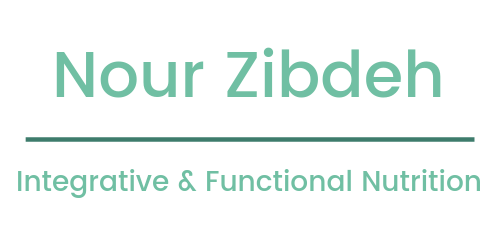
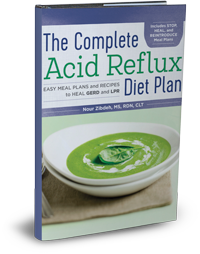
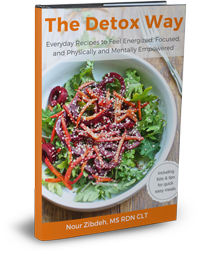

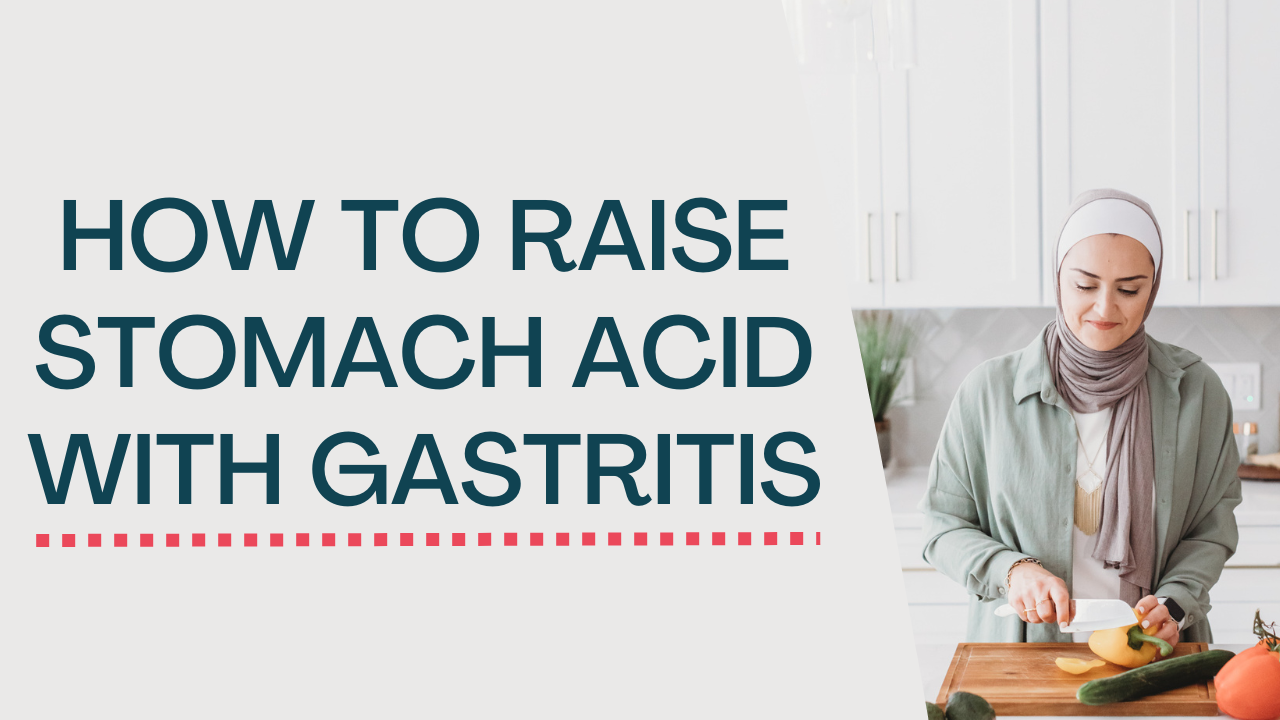
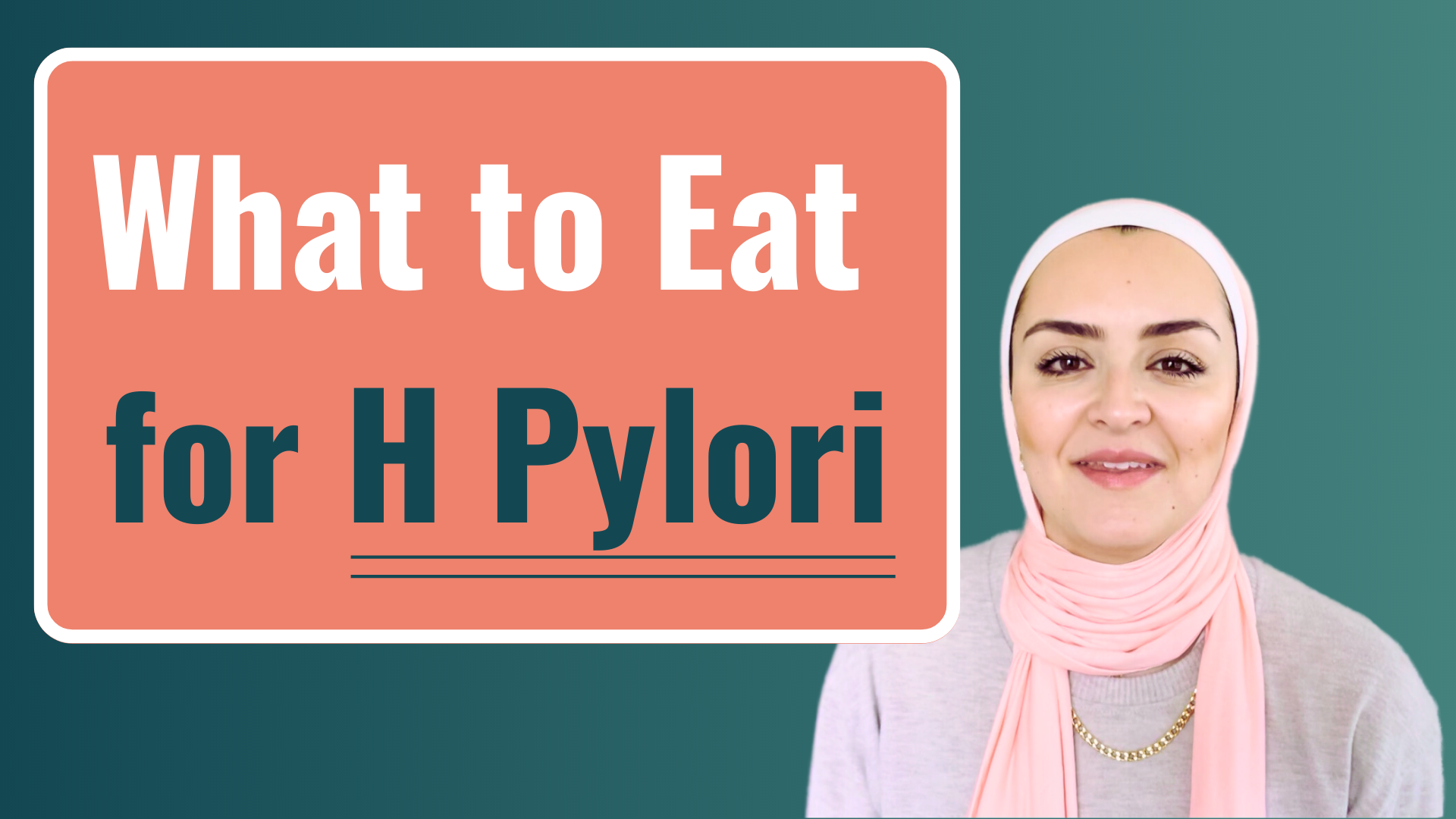
3 thoughts on “Thought on the Dietary Guidelines for Americans 2010”
First, thanks for the menu planner, I am so excited to use it and happy I won. I haven’t read the guidelines (bad I know) but I have a sense that they’re better but not there yet. Come over to my blog and offer your 2 cents on the word diet…and enjoy that baby.
Very well written! What do you think of hot sauce, I’ve been debating whether it’s worth eating or not. Some argue it boosts the metabolism, while I notice the label with a very high sodium content. What’s your thought?
I completely agree with you! Although I count calories, I have learned that the body does not count them; it counts the nutrients (vitamins, minerals, fats, proteins, carbs, etc.) that we put in them. You body doesn’t know one calorie from 2000. Although it is important to keep a general idea of how many calories you are consuming, it is what kind of calories you are feeding yourself (i.e. nutrient-dense or not)
Comments are closed.